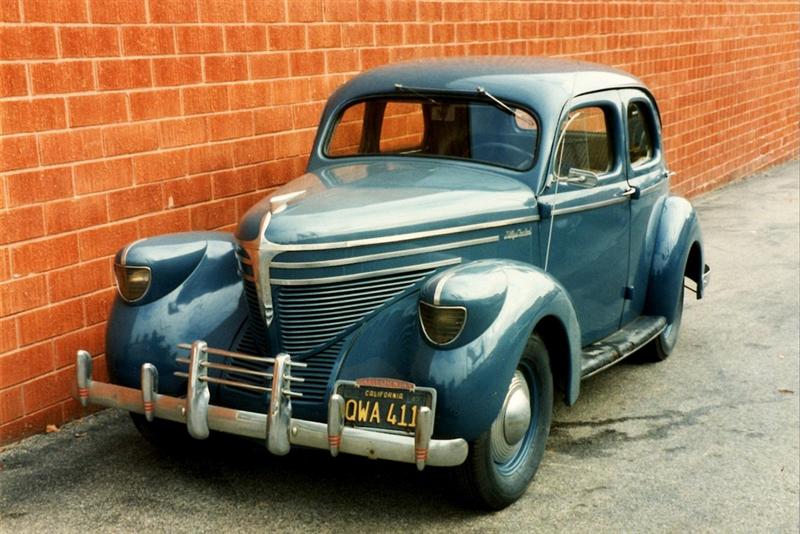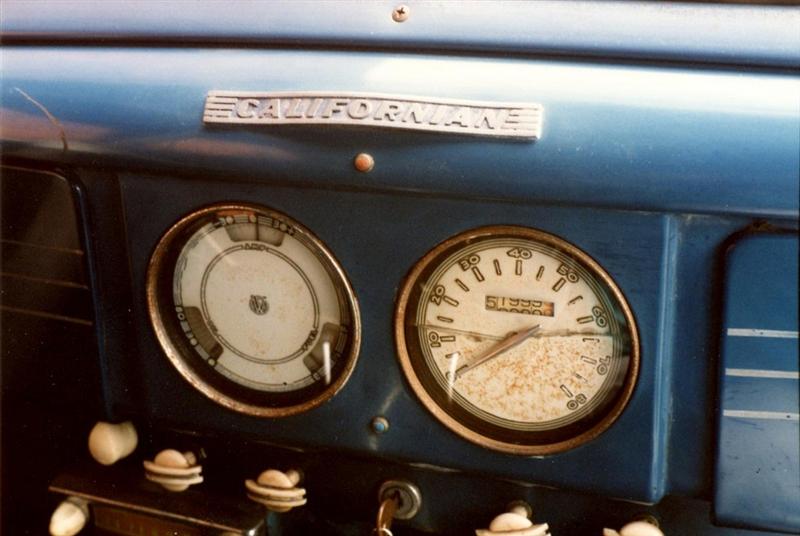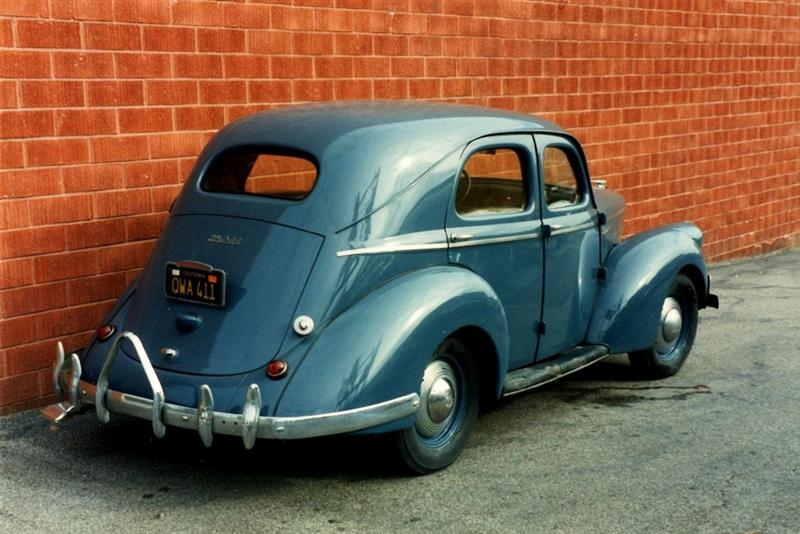Willys Overland Knight Registry



1939 Overland Sedan Model 39 Californian - America
Here's what automotive stylist Phil Payne had to say about the Californian when asked for information about this rare vehicle;
My understanding is the "Californian" series was the result of dealerships desire to increase sales on the U.S. west coast. It seems they made arrangements, apparently with a small after market manufacturer, to add on trim items to the top series Willys for both '39 and '40. These likely have been applied at separate dealerships, upon customer request, or dealership desire to heighten showroom interest.
Having been a styling designer, certain things are noted which the original manufacturer would avoid for good reasons;
1. Add-ons to the bumpers would create unrecoverable costs due to normal complexity of build and parts stocking to support. Complexity & parts storage are costs always to be avoided where possible.
2. The added length of the rear bumper, to create a rather attractive wrap around to the fender would also have been avoided by W.O. Impact to the rear bumper, at any point, would have transferred the impact torque load into the sheet metal of the rear fender (where it was also attached) creating a very large surface deformation. No car company would want that problem with their product.
3. The additional chrome trim, along the hood and around the front end above the grille, does not have the same surface section seen in the chromed trim running the length of the body across the doors. This is most evident in the treatment of the strip ends.
Inconsistent moulding section would not have happened by the original manufacturer.
4. The "Californian" plaque, seen atop the instrument panel is a little more difficult to critique. Such applicque' could have emanated from Willys Overland but is doubtful. The script lettering, on the side of the hood, is excellent and fits in well. My guess is W.O. would have reused the hood script atop the instrument panel for consistency and cost/complexity savings.
5. The chrome trim, atop the headlamps, is a bit surprising. To stamp the front fenders, of such an involved configuration, resulted in a lot of hand finishing (leading in at the very top peak and around the nacelle shape of the lamp) to disguise the resulting surface flaws. This would have cost in the neighborhood of U.S. 50 cents a linear inch (1939 U.S. dollars) X total surface distance which was very costly for W.O. just to achieve the unique look of the lamps. Adding the chrome trim line, atop the headlamp nacelle, would have been counter-productive considering the already installed cost. W.O. management would have recoiled at any such proposal.
Most importantly, nowhere does the "Californian" appear in any Willys Overland sales literature. This indicates it was all a plan by dealerships working through an after market parts manufacturer.
The "Californian" was a body built at the Maywood, California plant. The volume of this series built I've not been able to track down, and assume its impact on the U.S. western market was not all that great. Willys Overland car sales were not that strong, which makes me surmise the limited number of "Californians" was insufficient to create any factory agreement to install this trim.
So, a lot of supposition, here, but this is my perspective regarding an interesting series of both 1939 and 1940. I've never seen reference to any "Californian" for years prior to or after 1940.
Phil Payne







